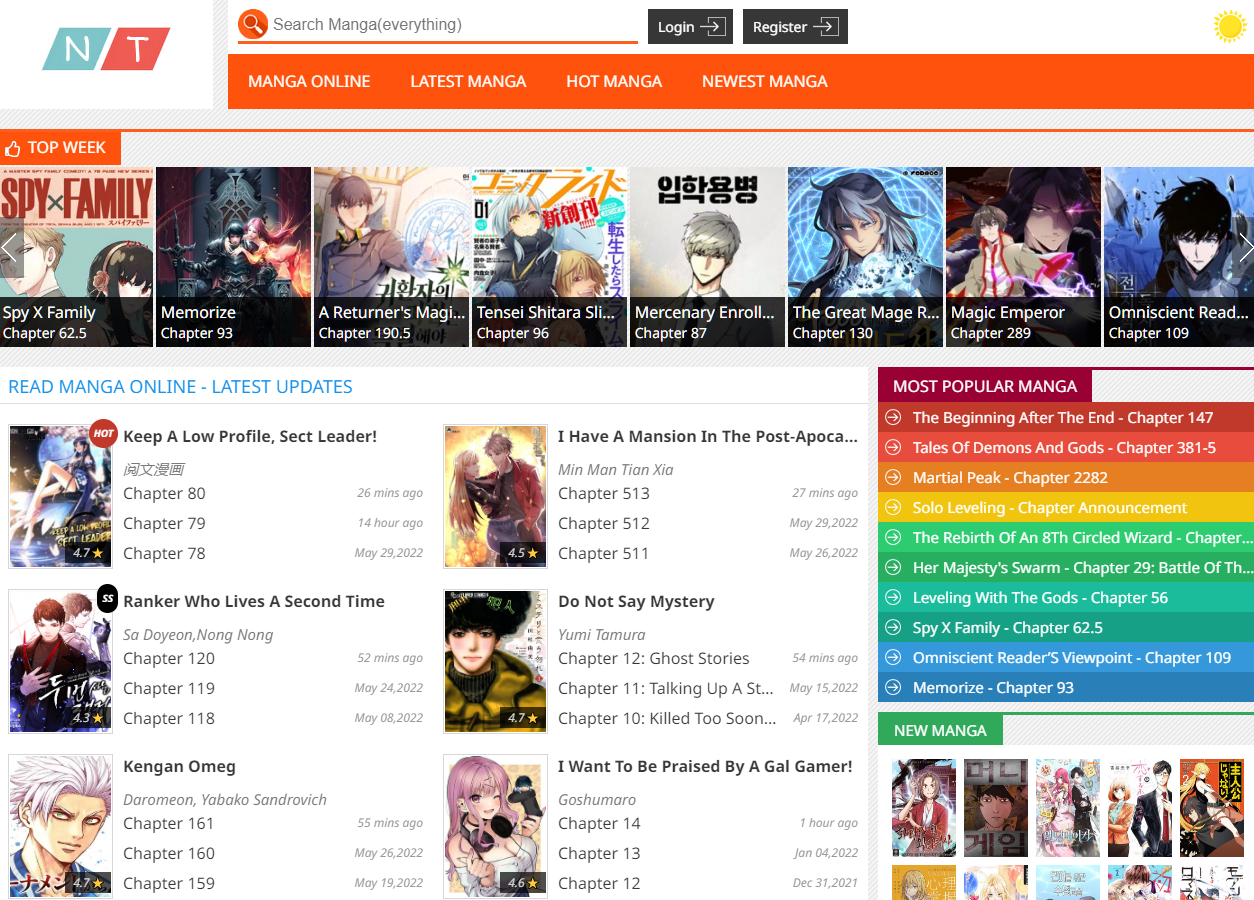Product description
A Mesmerizing Dive into the World of Manga Summary of Moon Phase
In the vibrant universe of manga, few stories captivate audiences quite like Moon Phase. This manga summary offers a thrilling blend of supernatural elements and romantic intrigue, crafting an enthralling narrative that keeps readers on the edge of their seats. As we explore this extraordinary tale, we will delve into its key themes, character development, and what makes it stand out in the vast realm of manga.
Understanding the Premise of Moon Phase
Before diving into the characters and themes, it is essential to understand the premise that fuels the story within Moon Phase. The narrative unfolds around a young girl named Hazuki who has been cursed with vampiric powers. Her dark gift entangles her fate with that of a human photographer, Kōhei, creating a complex web of emotions and supernatural challenges.
The world of Moon Phase is one steeped in rich visuals and thematic depth, making it a compelling read for both beginners and seasoned manga fans. The artwork captures the essence of the eerie yet enchanting atmosphere that surrounds Hazuki, presenting a vivid contrast to the mundane life of Kōhei.
Character Exploration: Hazuki
Hazuki serves as the heart of Moon Phase, embodying the conflict between light and darkness.
The Duality of Hazuki
As a vampire, Hazuki represents the allure of the night and the haunting nature of her existence. She possesses extraordinary abilities, including enhanced senses and agility. However, these gifts come with a curse that causes her profound loneliness.
Her character arc is filled with moments of vulnerability and strength, showcasing her inner struggle with her identity. As she interacts with Kōhei, we see her walls begin to break down, revealing a yearning for connection and acceptance.
Hazuki’s Relationships
Hazuki’s dynamic with Kōhei is central to the plot, as their contrasting worlds collide. Initially, Kōhei is apprehensive about Hazuki's true nature, leading to tension and misunderstandings. Yet, as they face supernatural threats together, their bond deepens, allowing for emotional growth and understanding.
This relationship exemplifies themes of empathy and courage, as both characters learn to embrace each other's differences. Their journeys reflect the importance of communication and trust, even amidst perilous circumstances.
Character Exploration: Kōhei
Kōhei, the unsuspecting photographer, balances Hazuki's supernatural elements with his grounded, human perspective.
Kōhei’s Development
At first glance, Kōhei may seem like a typical protagonist, but his evolution throughout Moon Phase makes him a compelling character. He starts as a somewhat aloof individual, focused primarily on his work. However, his encounter with Hazuki forces him to confront larger questions about love, sacrifice, and the unknown.
As he becomes more entwined with Hazuki's world, Kōhei begins to exhibit bravery and determination, qualities that were previously dormant. His willingness to protect Hazuki showcases personal growth, transforming him from a passive observer to an active participant in their shared destiny.
Human vs. Supernatural
Kōhei's interactions with Hazuki also highlight the dichotomy between human and supernatural experiences. While he struggles with accepting Hazuki's vampiric nature, he gradually learns to appreciate the beauty of their differences. This exploration reflects broader themes of acceptance and understanding in relationships.
Themes That Resonate
Manga summary Moon Phase encompasses several thematic elements that resonate deeply with readers, adding layers of complexity to the narrative.
Love Beyond Boundaries
The theme of love transcending boundaries is prevalent throughout Moon Phase. Hazuki and Kōhei's relationship is a testament to the idea that love can conquer even the most significant obstacles. Their connection grows stronger as they navigate through trials, demonstrating that emotional bonds can flourish in the unlikeliest of circumstances.
This theme serves as an encouragement for readers to embrace love in all its forms, regardless of societal norms or personal fears. It invites reflection on how love can motivate individuals to rise above challenges and redefine their paths.
The Struggle for Identity
Another critical theme explored in Moon Phase is the struggle for identity. Hazuki grapples with her vampiric heritage, feeling torn between her desire for normalcy and the reality of her existence. This internal conflict presents a relatable struggle for many individuals attempting to reconcile different facets of their identities.
Through Hazuki's journey, readers are encouraged to embrace their true selves, regardless of external opinions. This theme resonates particularly with those who have felt marginalized or misunderstood, offering validation and insight into the importance of self-acceptance.
Visual Artistry in Moon Phase
A defining characteristic of Moon Phase is its breathtaking artistic style that enhances the storytelling experience.
Artistic Style
The artwork in Moon Phase beautifully juxtaposes the whimsical with the macabre, creating an atmospheric backdrop that reflects the characters' emotional states. Rich with detail, each panel immerses readers in the intricate world of vampires and humans alike.
The use of shadows and light is especially noteworthy. Dark hues dominate scenes involving supernatural elements, while lighter shades grace moments of vulnerability and connection. This contrast not only enhances the visual appeal but also amplifies the narrative's emotional weight.
Symbolism in Art
Beyond technical execution, symbolism plays a vital role in the art of Moon Phase. Elements such as the moon and night sky frequently appear, representing duality—the coexistence of light and dark within individuals. These symbols serve as reminders of the complexities of both love and identity, further enriching the reader's experience.
Each illustration tells a story of its own, inviting deeper analysis and interpretation. The artistry acts as a bridge between the characters' internal struggles and the external world they inhabit, reinforcing the idea that every story is multifaceted.
Engaging Readers Through Visual Storytelling
Visual storytelling is a hallmark of Moon Phase, allowing readers to connect emotionally without relying solely on dialogue. Expressive character designs, fluid action sequences, and intricate backgrounds invite viewers to immerse themselves fully in the narrative.
This engagement fosters a unique bond between the reader and the story, as emotions often conveyed through mere words are amplified through striking visuals. Such an approach encourages readers to become active participants in the tale, drawing them deeper into the world of Moon Phase.
Frequently Asked Questions
What genre does Moon Phase belong to?
Moon Phase falls under multiple genres, including supernatural, romance, and horror. The blending of these elements creates a captivating narrative that appeals to diverse interests.
Who are the main characters in Moon Phase?
The primary characters in Moon Phase include Hazuki, a vampire girl, and Kōhei, a human photographer. Their intertwining fates drive the story forward as they navigate their complex relationship.
Is Moon Phase suitable for all age groups?
While Moon Phase contains elements of romance and supernatural themes, it may not be suitable for very young readers due to mature content. It's advisable for older teens and adults.
How does the artwork enhance the story in Moon Phase?
The artwork in Moon Phase is intricately designed, using contrasts of light and shadow to reflect the characters' emotional states. Symbolism within the illustrations adds depth to the narrative, enhancing overall storytelling.
What are some core themes in Moon Phase?
Key themes in Moon Phase include love transcending boundaries, the struggle for identity, and the interplay of light and darkness. These themes resonate with readers, encouraging introspection and connection.
Conclusion
In conclusion, Moon Phase stands as a remarkable entry in the world of manga, skillfully weaving together themes of love, identity, and the eternal struggle between light and darkness. Through its captivating characters, stunning artwork, and impactful storytelling, it leaves a lasting impression on readers.
As you embark on your journey through this enchanting tale, you'll find yourself not only entertained but also challenged to reflect on your understanding of love and identity. Whether you're new to manga or a seasoned aficionado, Moon Phase is sure to resonate deeply, illustrating why this medium continues to captivate audiences worldwide.







